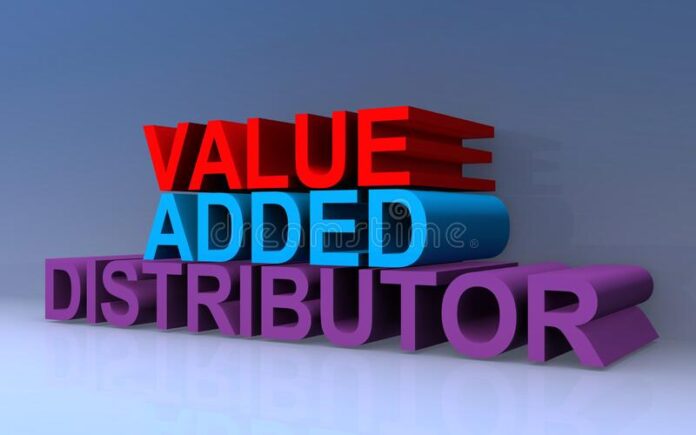A value added distributor is an intermediary that buys products from an OEM and then adds value to them before selling them to a retailer or end user. Value can be added in many ways, such as customizing the product, packaging it differently, providing technical support, or offering value added services such as warranties and extended service contracts.
The value-added distributor then sells the value-added product to the retailer or end user at a higher price than what was paid for it from the OEM.
Advantages of Value Added Distributors
Value-added distributors offer several advantages to both OEMs and customers. For OEMs, value-added distributors provide them with an additional sales channel which allows for further reach into markets that may not have been previously accessible.
Additionally, value added distributors often contribute to an increase in sales volume since they typically specialize in specific products and can provide value-added services that OEMs lack the resources to do themselves.
For customers, value-added distributors provide a convenient way for them to access value-added products and services. Customers may be able to purchase value-added products directly from value-added distributors or receive value-added services such as warranties and extended service contracts from them.
Additionally, value-added distributors can also help customers save money since they typically pass on some of their cost savings from bulk purchasing from OEMs to the customer.
Disadvantages of Value Added Distributors
The main disadvantage of value-added distributors is that the costs associated with adding value to a product can be high. For example, if an OEM has to outsource the installation of new components to value-added distributors, the OEM must pay for the installation. In addition, value-added distributors often require minimum orders which can be prohibitively expensive for some customers.
How Does a Value-Added Distributor Differ from a Traditional Distributor?
In comparison to value-added distributors, traditional distributors provide fewer value-added services and are generally simpler in their operations. The primary role of traditional distributors is simply to buy products in bulk from OEMs and resell them directly to retailers or end users.
As such, they do not typically offer specialized value-added services such as warranties or extended service contracts like value-added distributors do. Furthermore, traditional distributors usually charge lower prices than value-added distributors since they pass on their cost savings to customers.
In conclusion, value added distributors are an important piece of the value chain that can provide a variety of benefits to both OEMs and customers alike. By offering value-added services such as customizing products, packaging them differently, providing technical support, and offering warranties and extended service contracts, value-added distributors help bridge the gap between OEMs and customers.
Additionally, value-added distributors often pass on cost savings from bulk purchasing to their customers which helps keep prices down. However, it is important to note that value-added distributors come with some drawbacks like high costs for value-added services and minimum order requirements which can be prohibitively expensive for some customers. Ultimately, value-added distributors offer advantages that traditional distributors cannot, making them an important part of the value chain.








